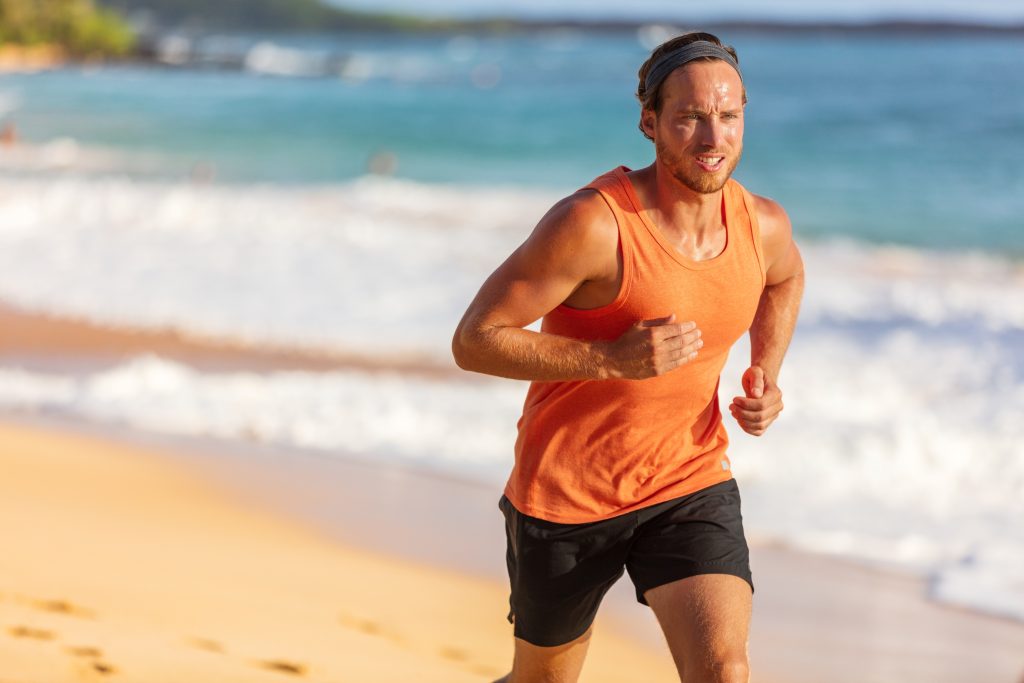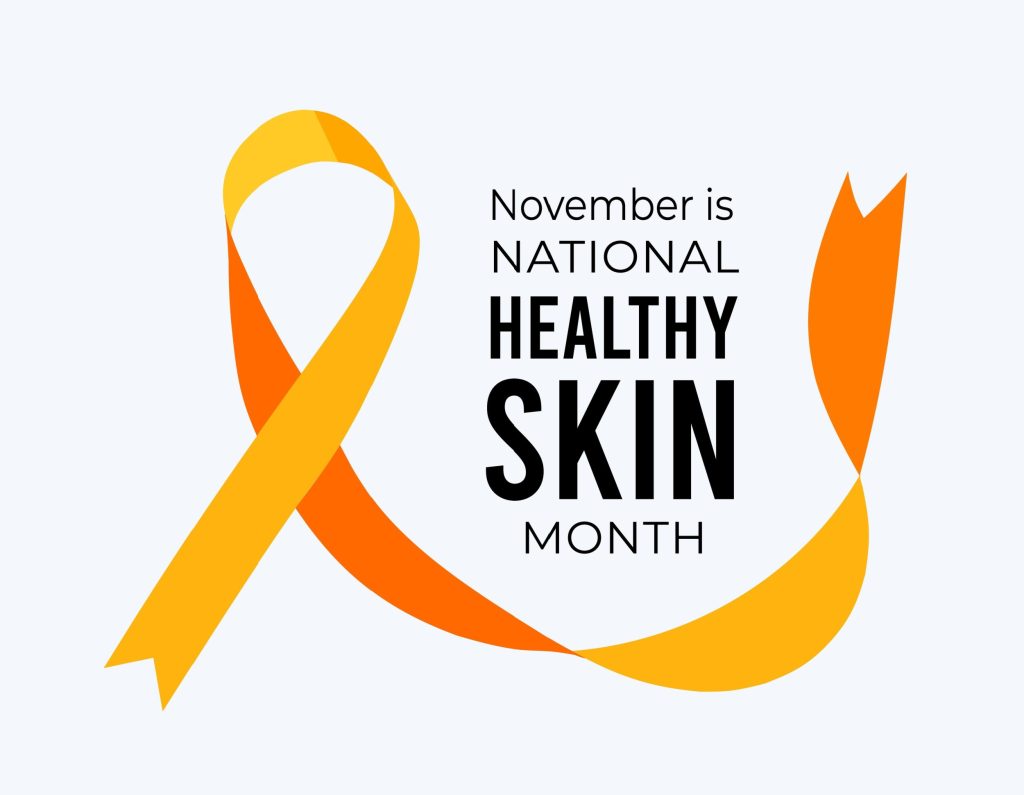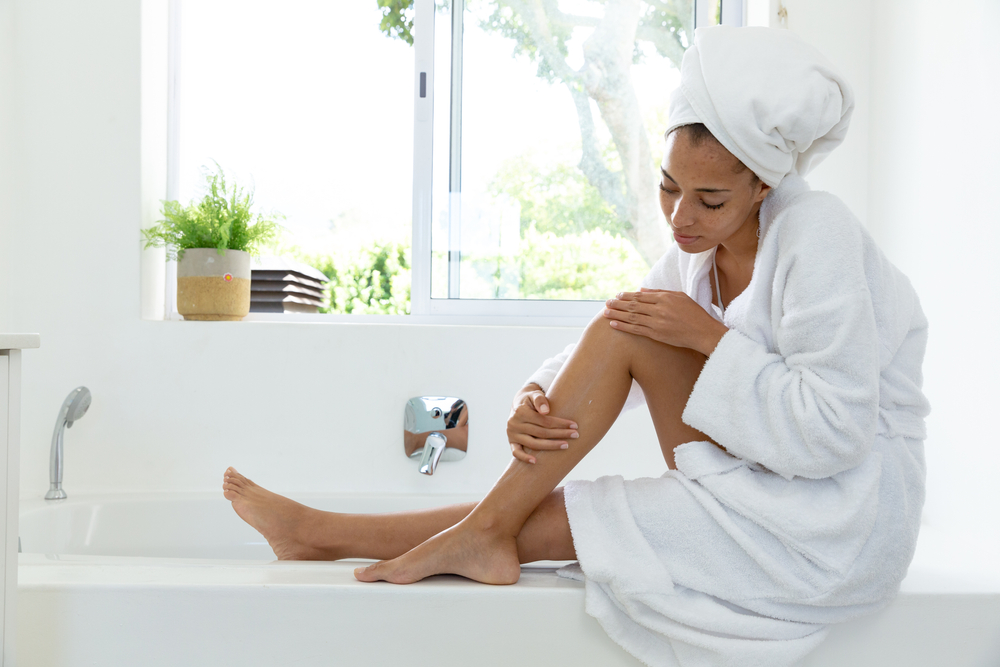
Living in Florida can present challenges to our skin, especially during the summer. Heat and humidity are the perfect ingredients for uncomfortable skin issues. A common problem many people face in hot weather is heat rash, also known as prickly heat. If you’ve noticed tiny bumps, itching, or a prickling sensation on your skin this summer, you might be wondering: Is this heat rash? How do I treat it? And most importantly, how can I prevent it from coming back?
At Florida Dermatology and Skin Cancer Centers, we want to help you understand heat rash so you can make informed decisions about your skin health. In this blog, we’ll cover what heat rash is, how to recognize it, how to treat it, what questions to ask your dermatologist, and practical tips to prevent it, especially during those hot Florida summers.
What is Heat Rash?
Heat rash is a common skin condition caused by blocked sweat ducts. When sweat cannot evaporate or escape because sweat ducts are blocked or clogged, it can trap sweat in, leading to inflammation, and small, irritated bumps. Think of it as your skin’s way of reacting to excessive heat and moisture. As mentioned above, heat rash is most common during hot, humid weather, like we experience in Florida, or after intense physical activity.
Who Gets Heat Rash?
Anyone can develop heat rash, but it’s especially common in babies, children, and people who are active outside in the heat. People with certain skin conditions like eczema or those who are taking medications that affect sweating may also be more prone to getting it.
Recognizing the Symptoms: Do You Have Heat Rash?
Understanding what heat rash looks and feels like is important for proper care. Common signs include:
- Small bumps: Usually red or pink, these bumps often appear suddenly on areas of the skin that are sweaty or covered by clothing.
- Itching or prickling: Many people report a sensation of tingling, itching, or a prickly feeling on the skin.
- Redness and irritation: The affected area may be inflamed and irritated.
- Location: Common areas include the neck, chest, back, shoulders, and thighs or places where sweat tends to accumulate.
There are different types of heat rash, including:
- Miliaria crystalline: The mildest form, with clear, tiny bumps that are usually not as itchy.
- Miliaria rubra: Often called “prickly heat,” this form causes red bumps, itching, or a prickling sensation.
- Miliaria profunda: Less common, but more severe form of heat rash. It leads to deeper, flesh-colored bumps that can feel firm and tender.
If your rash looks like small bumps, is itchy, and appears in areas prone to sweating, it’s likely heat rash.
Common Symptoms of Heat Rash
You or your child may be experiencing heat rash if you notice:
- Clusters of small red or pink bumps
- Itching or a prickly, stinging sensation
- A rash appearing in skin folds or areas where clothing traps sweat (neck, chest, back, under the breasts, groin, or armpits)
- Tiny blisters or pus-filled lesions in more severe cases
- Rash that worsens with continued heat or activity
In babies, the rash often appears on the neck, shoulders, or diaper area. Adults tend to see it where clothing causes friction or sweat collects.
How to Diagnose Heat Rash at Home
While a dermatologist can make a quick diagnosis through a visual exam, many people can recognize heat rash at home by asking:
- Was I in a hot, humid environment recently?
- Was I sweating heavily or wearing tight clothing?
- Are the bumps small, red, and itchy but not spreading rapidly or oozing excessively?
- Does the rash improve once I cool off?
If the answer to most of these is yes, you may be dealing with heat rash. However, other skin conditions like allergic reactions, eczema, or infections can mimic heat rash, so it’s important to be sure.
How to Treat Heat Rash at Home
Most cases of heat rash resolve on their own with a few simple steps:
- Cool Down Immediately
- Move to an air-conditioned or shaded area.
- Take a cool (not cold) shower or bath.
- Keep the Skin Dry
- Pat your skin dry, especially in folds where moisture can linger.
- Use an unscented powder (like cornstarch or baby powder) to absorb sweat and be sure to avoid talc-based powders.
- Avoid Friction and Tight Clothing
- Wear loose, breathable clothing made of cotton or moisture-wicking materials.
- Avoid synthetic fabrics that trap sweat and heat.
- Soothe Irritated Skin
- Apply calamine lotion or hydrocortisone cream (if advised by your doctor) to reduce itching.
- Aloe vera gel or cool compresses may also help.
- Avoid applying thick creams or ointments that block pores, as they can make things worse.
- Stay Cool & Hydrated
- Drink plenty of water and avoid any prolonged exposure to heat.
When to See a Dermatologist
Consider booking an appointment if:
- The rash does not improve within a few days of at-home care.
- The rash is painful, severely itchy, or has pus-filled bumps.
- You notice signs of infection (swelling, warmth, increasing redness, or fever).
- You’re unsure if it’s heat rash or another skin condition.
A dermatologist can confirm the diagnosis, rule out infections or more serious conditions, and prescribe treatments if needed.
Questions to Ask Your Dermatologist
When you visit your dermatologist, consider asking:
- What is causing my heat rash?
- Are there any underlying skin conditions I should be aware of?
- What treatments do you recommend for my specific case?
- How can I prevent this from happening again?
- Are there any skin products I should avoid?
- Could my medications be affecting my skin’s ability to handle heat?
Having these questions prepared can ensure you get personalized advice to keep your skin healthy.
Preventing Heat Rash in the Future
Living in Florida means heat rash can become a repeat visitor. Here’s how to keep your skin cool, dry, and happy during those extra-sweltering months:
- Dress for the Weather
Choose lightweight, breathable clothing, preferably in light colors that reflect the sun rather than absorb it.
- Stay in the Shade
Avoid direct sun during peak hours (10 a.m. – 4 p.m.) and use fans or AC when indoors.
- Keep Your Skin Dry
Change out of sweaty clothes as soon as possible and shower to rinse off sweat and bacteria. Gently towel off and keep moisture-prone areas dry.
- Use Non-Clogging Skincare
Skip heavy oils or occlusive moisturizers during peak heat. Use non-comedogenic products that allow your skin to breathe.
- Watch for Early Signs
If you start to feel that prickly itch or notice redness, take action quickly before it becomes a full-blown rash.
When In Doubt, Let Us Help
Heat rash is a common condition, but that doesn’t mean you have to suffer through it. If you or your child are experiencing persistent skin irritation this summer, the experts at FLDSCC are here to help you get clear answers and effective relief.
Don’t wait for your rash to worsen, schedule an appointment with our team today! Call us at (855) FLD-SKIN or visit us online at https://fldscc.com/.
About Us
FLDSCC’s team of providers are experts in diagnosing and treating skin cancers; skin conditions and diseases such as eczema, rosacea, dry skin, rashes, and warts; and chronic skin diseases and infections, while simultaneously tackling aging skin, wound care, and a multitude of other skin, hair, and nail concerns.
Several FLDSCC providers are fellowship-trained in Mohs micrographic surgery, an effective state-of-the-art treatment for most types of skin cancers. Mohs surgery involves minimal discomfort and encourages the greatest preservation of healthy tissue, which means less risk of scarring and superior cosmetic results.
FLDSCC has many convenient locations throughout the state. For more information, visit www.fldscc.com, or call (855) FLD-SKIN.


